The basics of padel. Today, let the ball pass so that it bounces off the bottom glass. The forehand window exit is one of the blows that allows us to reassure us with our to the defense, especially if it is well done.
Letting the ball pass and then hitting it back-to-front is not necessarily natural. From a young age, no one teaches us how to manage or control this type of movement. It could therefore be interesting, for future generations, to develop this learning from an early age.
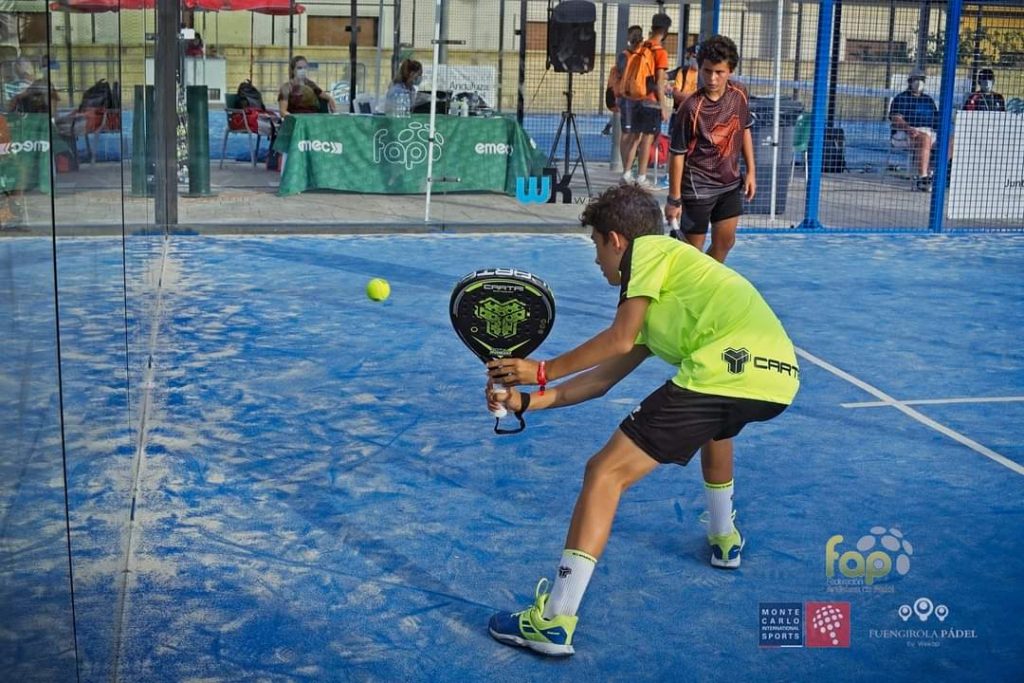
Au padel, using the back glass offers us several advantages:
First, avoid flying balls played deeply by our opponents.
Secondly, slow down the speed of the ball, because after bouncing off the bottom glass, the ball has a much slower movement speed, therefore easier to play.
Thirdly, win time. We had already spoken about it, but at the back of the track, in a defensive position, we need time, and using the rear window allows us to save this time by slowing down the attacks of the opponents.
fourth, do not lose the position. Positioning on the track is very important, and letting the ball pass will allow us a better placement after impact, always facing the direction of the play, ready to play the next stroke.
The most important points
Anyone can play their window breaks as they see fit as long as they are effective, but there are a few important steps that are worth knowing.
Start from "home". Your starting position should, as often as possible, be at "home" or comfort zone level. This way your brain will learn to react correctly and will know, through repetition, how to access these difficult balls smoothly.
Prepare early. The professionals that you can follow on the screens carry out their preparation as late as possible in order to "hide" their blow. At the amateur level, an early preparation can be considered. So just after your resumption of support, prepare your pala.
Accompany the ball. When you know the path of the ball, walk it in the same direction.
Give Way. Don't be in a rush believing that if you let the ball go, you won't be able to impact it. The ball, after having bounced off the glass, brakes, so it is easier to control.
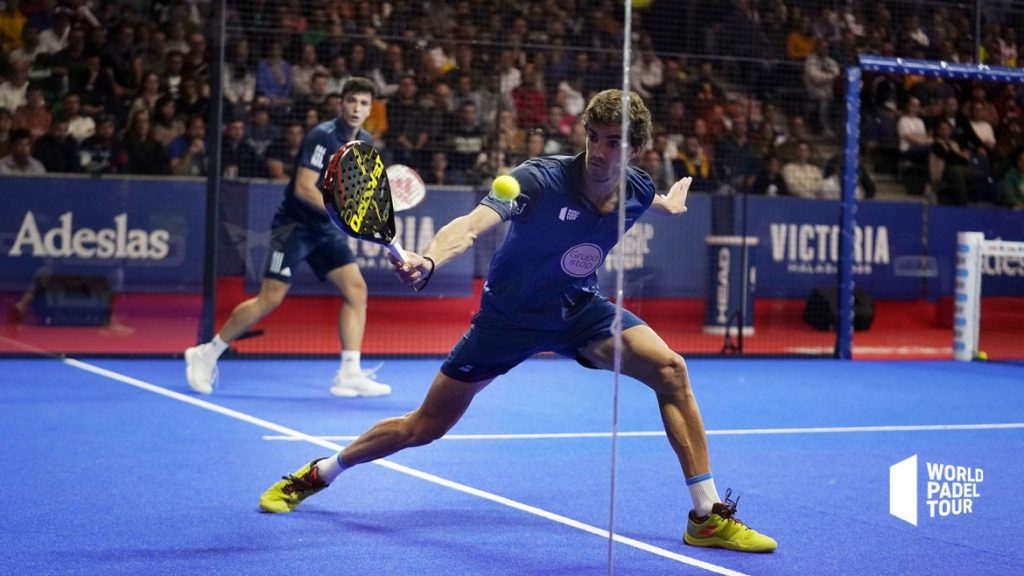
The most common mistakes
For a good and efficient exit from the window, your movements must be fluid. However, some players do not achieve this fluidity because:
- From an inadequate starting position
- Late preparation
- Direct forward stroke instead of backward-forward support
- From an impact behind or at body height
- Too much agitation: for beginners, if you are too active between impact and impact, you will have more difficulty visualizing the trajectory.
The technique
Starting position at the back of the track, in the comfort zone, at home, legs slightly bent, body facing the player who is going to hit the ball. You will perform the split step when the ball hits your opponents.
Following this impact you will place your pala as quickly as possible, now on a forehand. The time you use to place the pala will be used to figure out which direction the ball is going. You will therefore accompany the ball in the same direction with your dominant leg (the one on the side of the pala). The moment will come for the rebound on the glass.
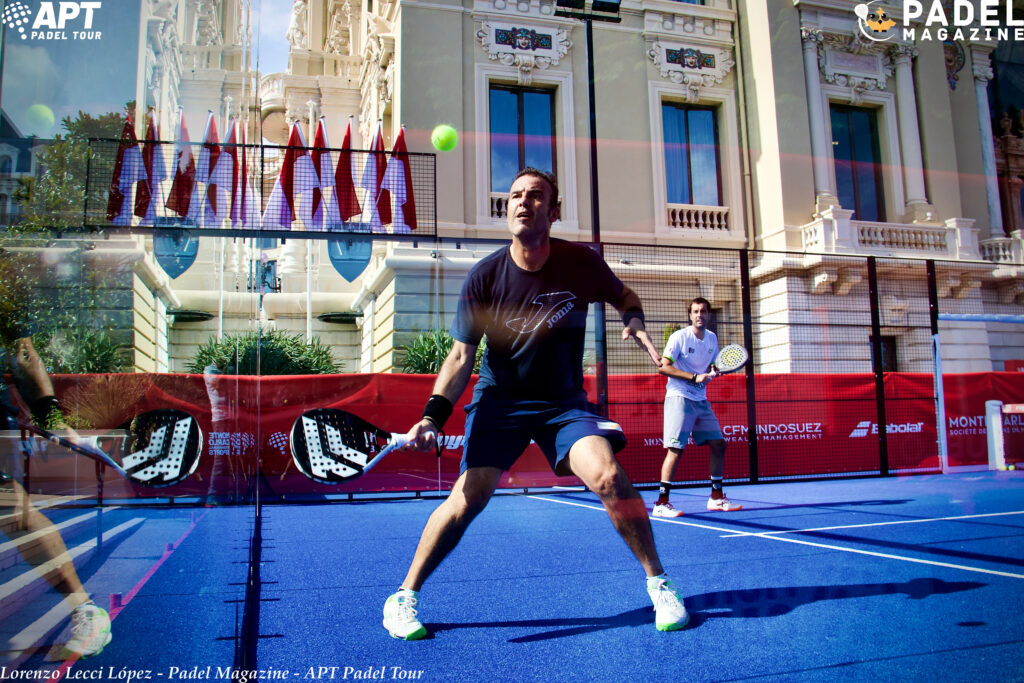
Following the rebound, you will change the dynamics since the ball now goes in the direction of the opponent's track. You will therefore accompany the ball by leaning on the non-dominant leg. This change of support will occur between the rebound on the glass and the impact with the ball. If necessary, you will adjust your steps and your positioning.
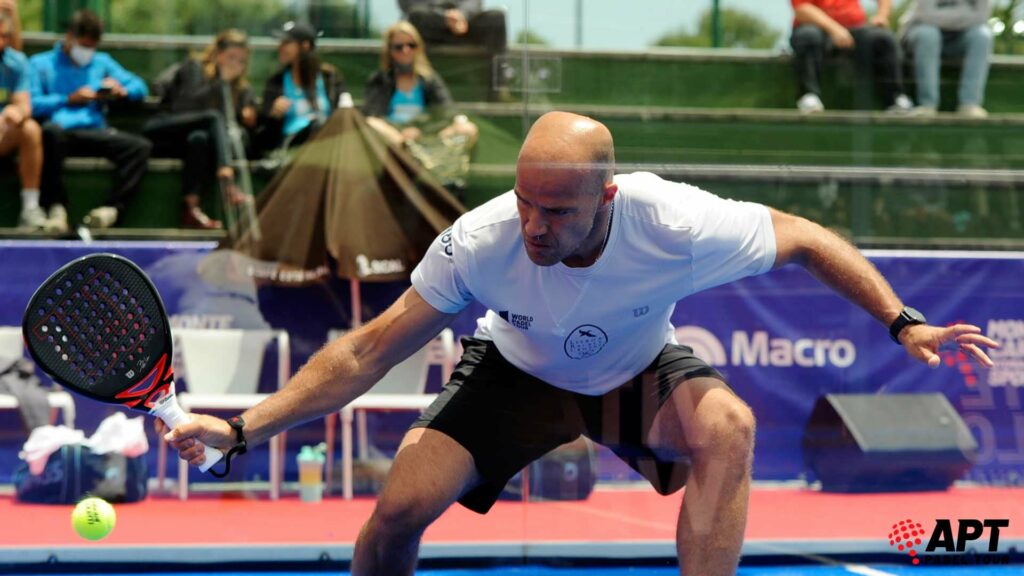
You will finally impact the ball in front of you with the intention of pushing it rather than hitting it, while accompanying it in the direction you want to play. At this point you should find yourself facing your opponents, ready to play the next ball.
This is the most common way to play forehand glass outs. There are others, including yours. So that the window exits are effective, think in priority of the accompaniment back-front and the impact in front of you. Good luck !
Julien Bondia is a teacher of padel in Tenerife (Spain). Columnist and advisor, he helps you play better through his tutorials and tactical/technical articles padel.




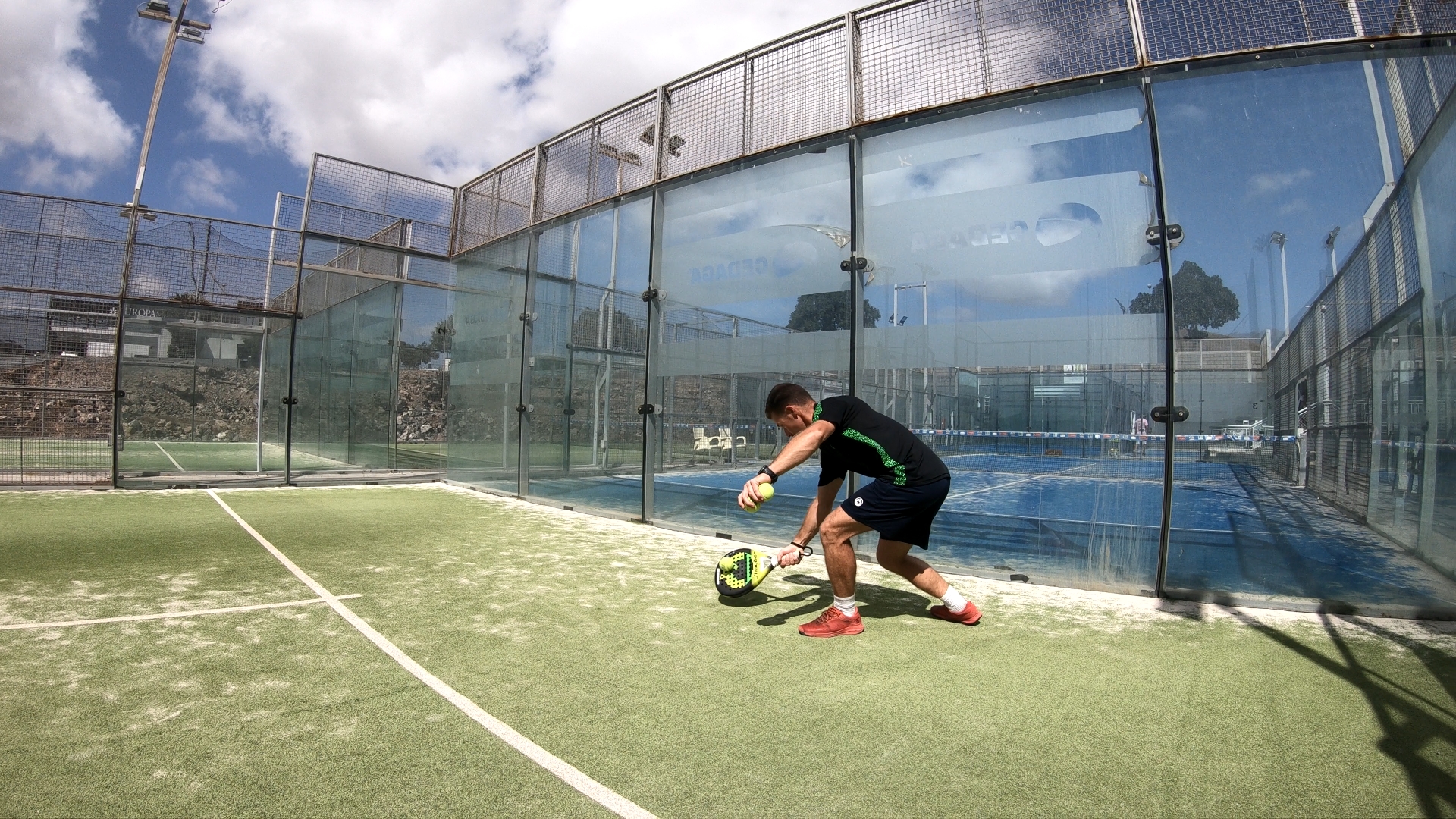
































































































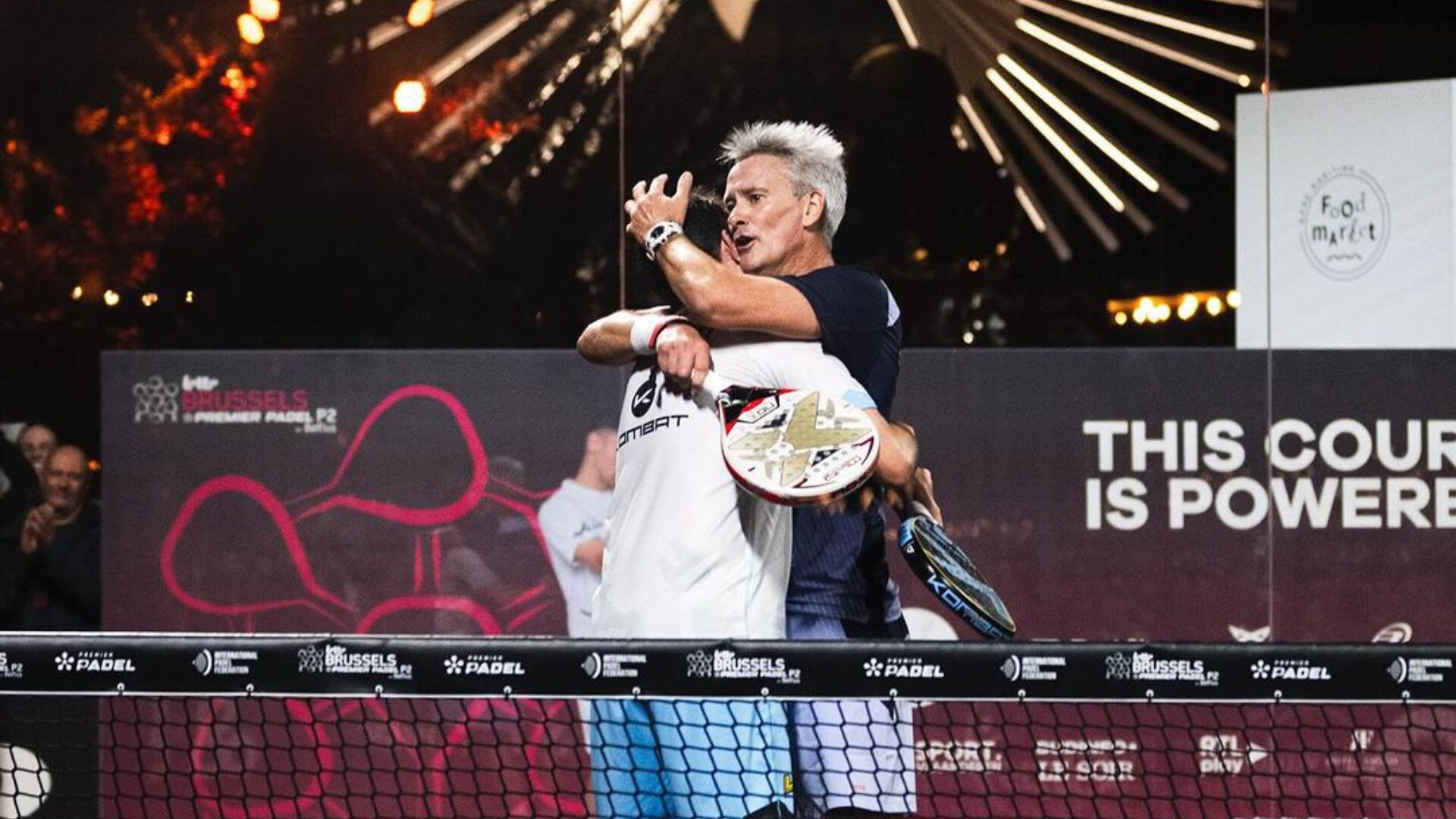 Big evening in Brussels with two seeded players on the mat, heckled number 1s…
Big evening in Brussels with two seeded players on the mat, heckled number 1s… A1 Padel – the French Open replaces the Mexican Open on the calendar
A1 Padel – the French Open replaces the Mexican Open on the calendar 4 Fiberglass Padel Courts for The Ville de Paris: a choice that looks to the future
4 Fiberglass Padel Courts for The Ville de Paris: a choice that looks to the future Olympic Games: Club France will have its 4 tracks padel !
Olympic Games: Club France will have its 4 tracks padel ! Guillaume Codron de Sud Padel : “A family project”
Guillaume Codron de Sud Padel : “A family project” Nallé Grinda: “Democratize the padel in the USA with PadelX "
Nallé Grinda: “Democratize the padel in the USA with PadelX " Simon Boissé: “We know that there are two nations in front of us”
Simon Boissé: “We know that there are two nations in front of us” Marie Maligo: “This period of frequent changes of partners was beneficial for me”
Marie Maligo: “This period of frequent changes of partners was beneficial for me” Gilles Moretton: “We will be able to put the padel at the level of tennis”
Gilles Moretton: “We will be able to put the padel at the level of tennis” Two P1000 doubled prize money approaching!
Two P1000 doubled prize money approaching! José Manuel Escin at the inauguration of Casa Padel DOS: “Finally, and thank you!”
José Manuel Escin at the inauguration of Casa Padel DOS: “Finally, and thank you!”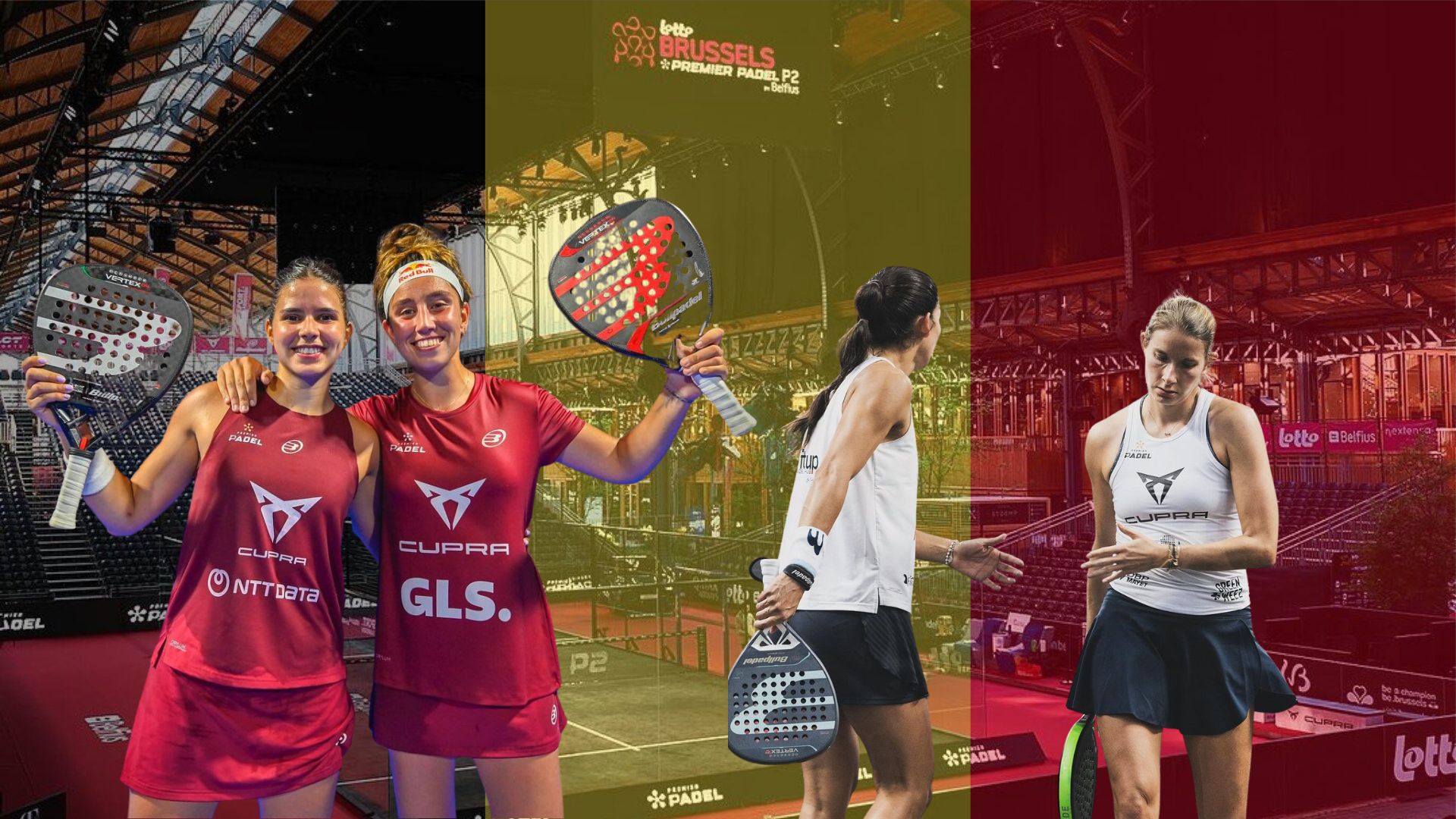 Brussels Premier Padel Brussels P2 – Collombon / Bidahorria falls against Brea / Gonzalez
Brussels Premier Padel Brussels P2 – Collombon / Bidahorria falls against Brea / Gonzalez Padel Score comes to Tahiti for American Express Padel Cup!
Padel Score comes to Tahiti for American Express Padel Cup! Do you know the Rafa Nadal Academy Tour?
Do you know the Rafa Nadal Academy Tour? Play at padel on his yacht? Possible for €233.000!
Play at padel on his yacht? Possible for €233.000! Our Top 10 training courses padel in France and Europe
Our Top 10 training courses padel in France and Europe At the heart of padel – Episode 25: Paul and Andoni answer your questions
At the heart of padel – Episode 25: Paul and Andoni answer your questions Tactical padel – What to do when faced with players who systematically stay at the bottom?
Tactical padel – What to do when faced with players who systematically stay at the bottom? The basic tactics of padel
The basic tactics of padel At the heart of padel – Episode 25: Paul and Andoni answer your questions
At the heart of padel – Episode 25: Paul and Andoni answer your questions At the heart of padel – Episode 23: defend the window well
At the heart of padel – Episode 23: defend the window well Prohibition on playing topless Padel : the reasons
Prohibition on playing topless Padel : the reasons FIP Tour – Going far from Europe, THE strategy to earn points!
FIP Tour – Going far from Europe, THE strategy to earn points! What is a good football player? padel ?
What is a good football player? padel ? “Lefties give me headaches when I play against them!”
“Lefties give me headaches when I play against them!” At the heart of padel – Episode 14: how to earn points in winter?
At the heart of padel – Episode 14: how to earn points in winter? A par 4 is always a winner...even if you manage to defend it!
A par 4 is always a winner...even if you manage to defend it! Carbon fiber VS fiberglass: what to choose?
Carbon fiber VS fiberglass: what to choose? How to effectively test a racket padel ?
How to effectively test a racket padel ? La padel to fight Parkinson's disease
La padel to fight Parkinson's disease Don't play with a cracked or broken racket, your body will thank you!
Don't play with a cracked or broken racket, your body will thank you! Michel Cymes: “The padel, physically, it’s serious!”
Michel Cymes: “The padel, physically, it’s serious!” Jeremy Gala: “Promote the padel among young people in Belgium remains a challenge”
Jeremy Gala: “Promote the padel among young people in Belgium remains a challenge” The French Touch Academy organizes its selection day Padel-Study
The French Touch Academy organizes its selection day Padel-Study Report on the detection and training of younger generations
Report on the detection and training of younger generations